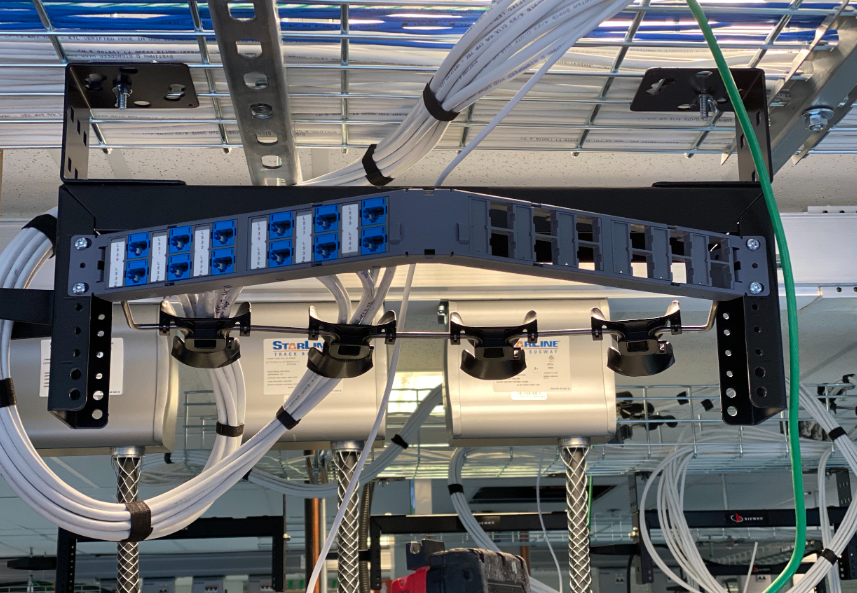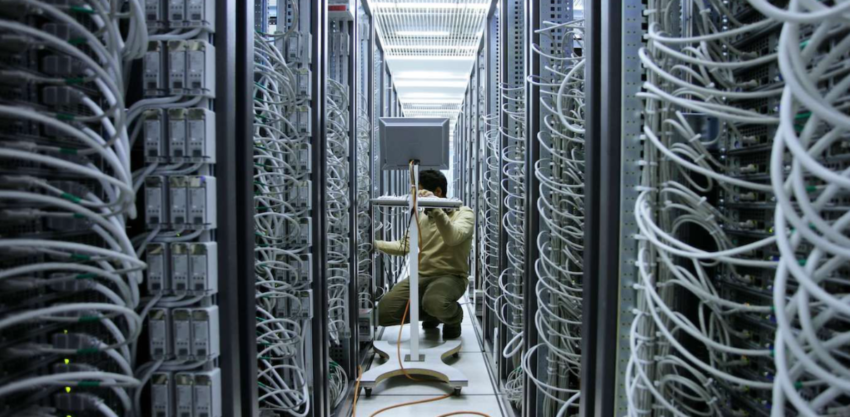Office wiring, a task that forms the backbone of any modern workspace, is one that requires meticulous planning and execution. A well-wired office ensures the smooth functioning of all your devices and appliances, from computers to coffee machines. However, this seemingly simple task can be fraught with challenges if not handled correctly. Here’s a deep dive into how you can avoid four common pitfalls in office wiring.
-
Ignoring Safety Measures
Safety should always be the priority when it comes to electrical work. One of the most common mistakes made during office wiring is neglecting safety measures. It’s easy to get caught up in the process, overlooking necessary safety protocols. This negligence can lead to severe consequences, including electrical fires or shocks. To avoid this, always ensure that your wiring is done by a trained professional who understands the importance of grounding, insulation, and correct wire placement.
-
Overloading Circuits
Another pitfall to watch out for is overloading circuits. This happens when too many devices are connected to a single circuit, causing it to overload and potentially trip. The result can be a sudden blackout, damaging sensitive equipment and disrupting business operations. To prevent this, it’s essential to distribute your electrical load evenly across multiple circuits. This not only helps maintain efficiency but also improves the longevity of your electrical systems.

-
Not Planning for Future Needs
Your office’s electrical needs aren’t static. They will grow and change as your business expands. Therefore, it’s crucial to plan for future requirements when doing your office electrical wiring in Auckland. Factor in potential growth and expansion when designing your wiring layout. Anticipating future needs can help you avoid costly and disruptive rewiring in the future. Include provisions for additional power outlets, lighting fixtures, and network cabling during the initial setup.
-
Using Incorrect Wire Types
Using the incorrect type of wire for specific applications can lead to inefficiency and potential hazards. There are various types of wires, each suited to a particular use. For example, using a wire with an inadequate rating for high-power devices could cause overheating and even fire. It’s important to understand the different types of wires and their uses to ensure the safe and efficient operation of your electrical systems.
Conclusion
Office wiring is a critical aspect of your workspace that requires careful consideration and planning. By avoiding these common pitfalls, you can ensure a safe and efficient electrical system that supports your business’s growth and success.

